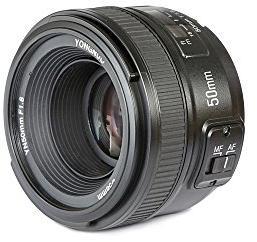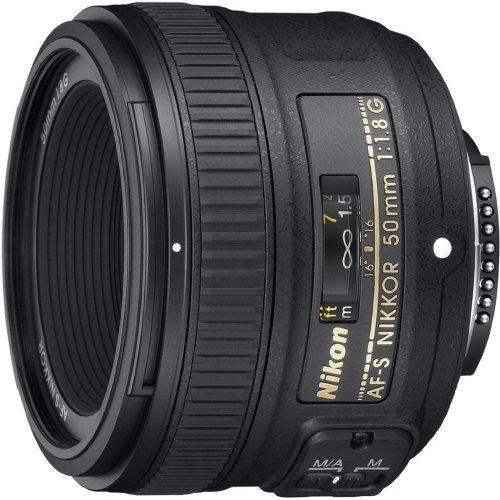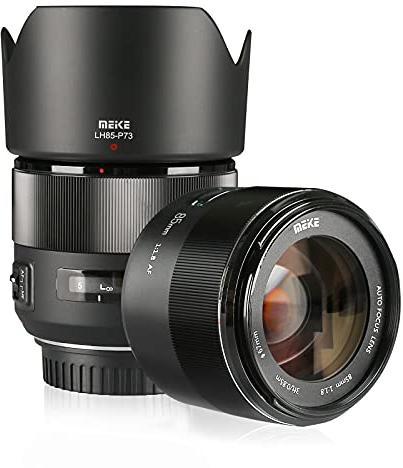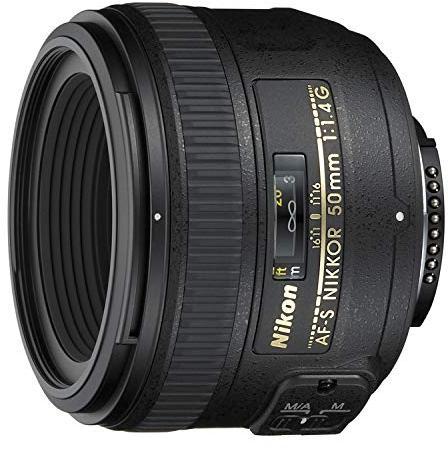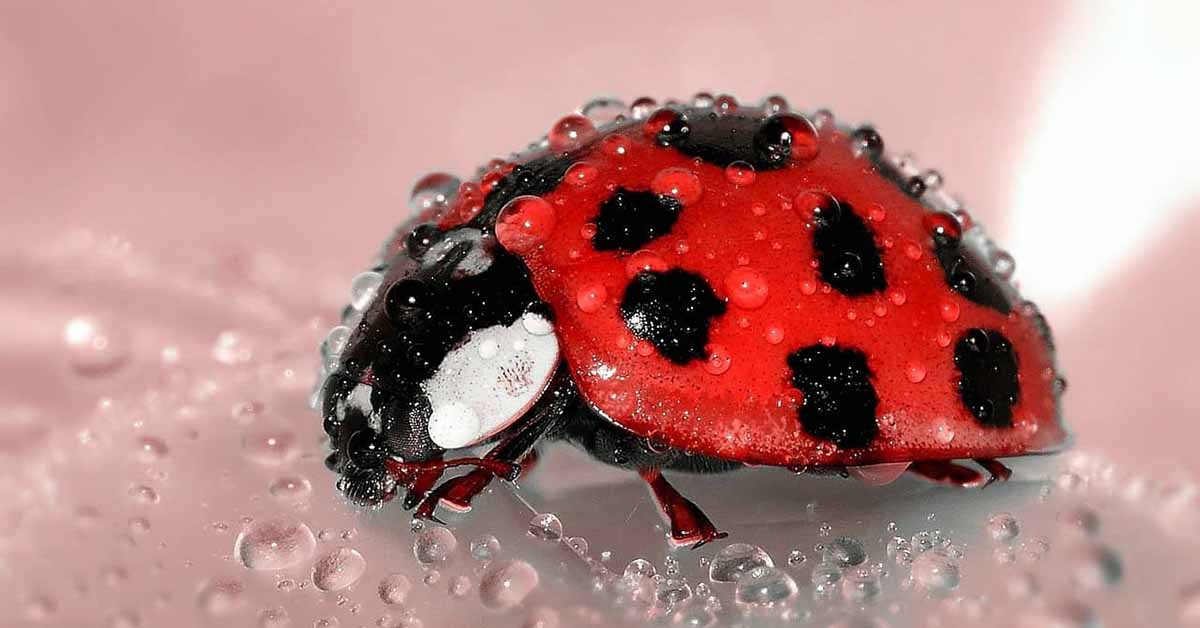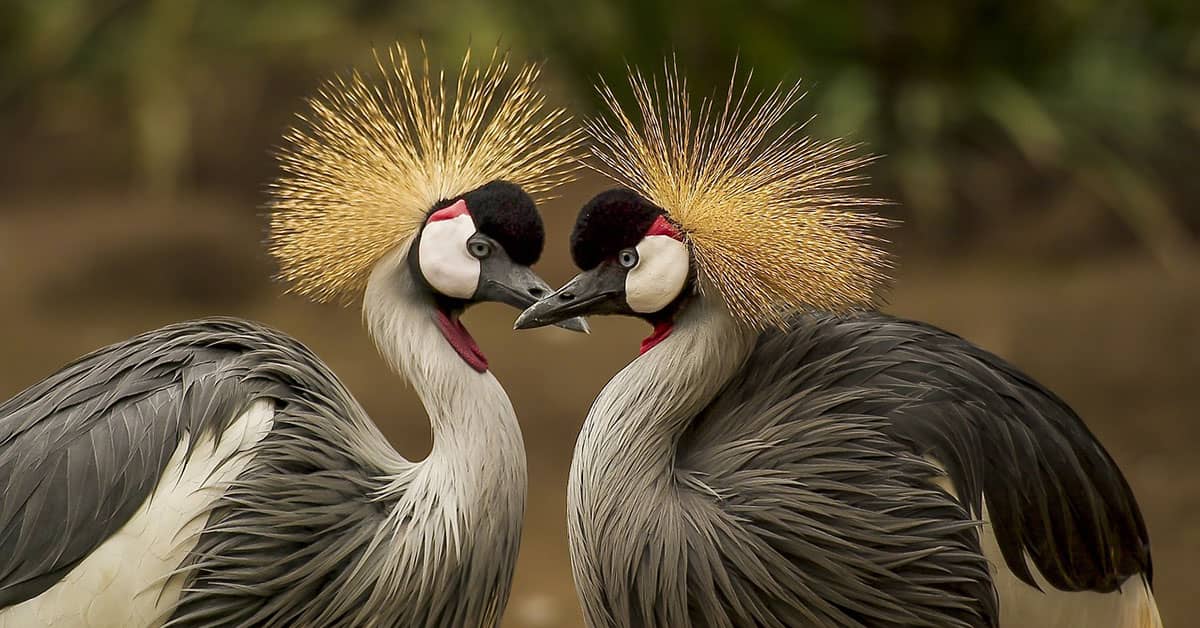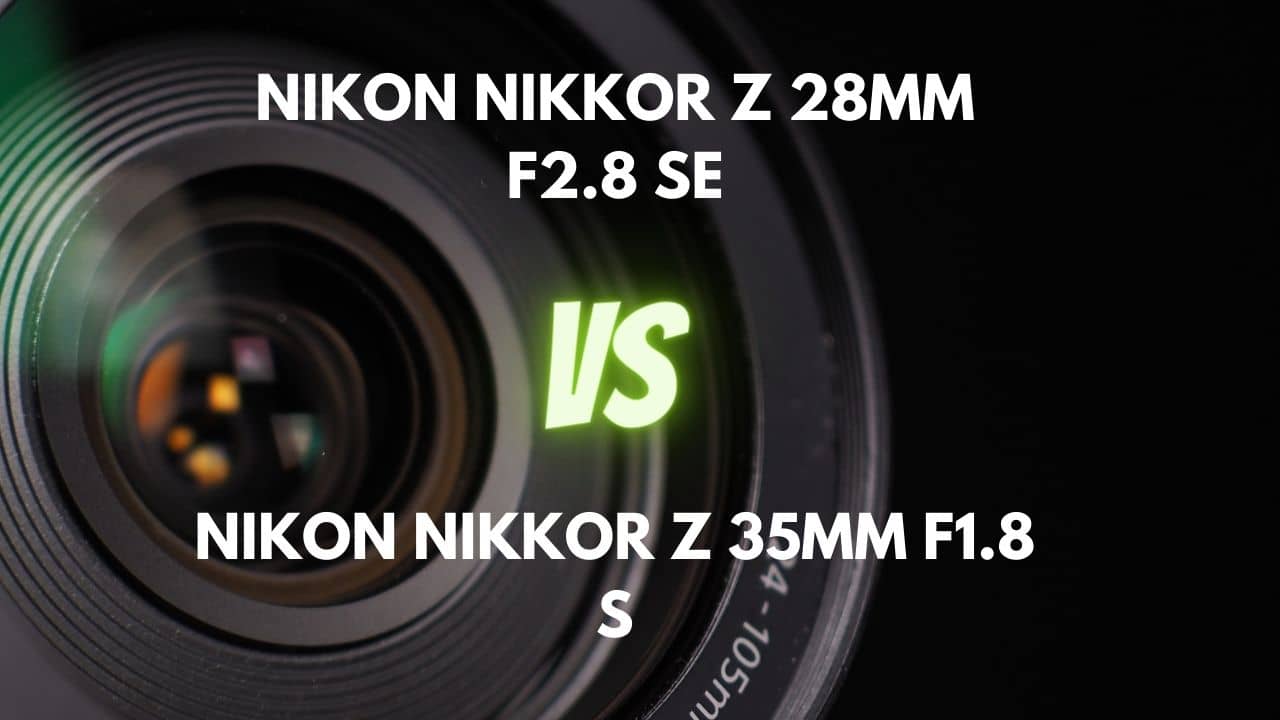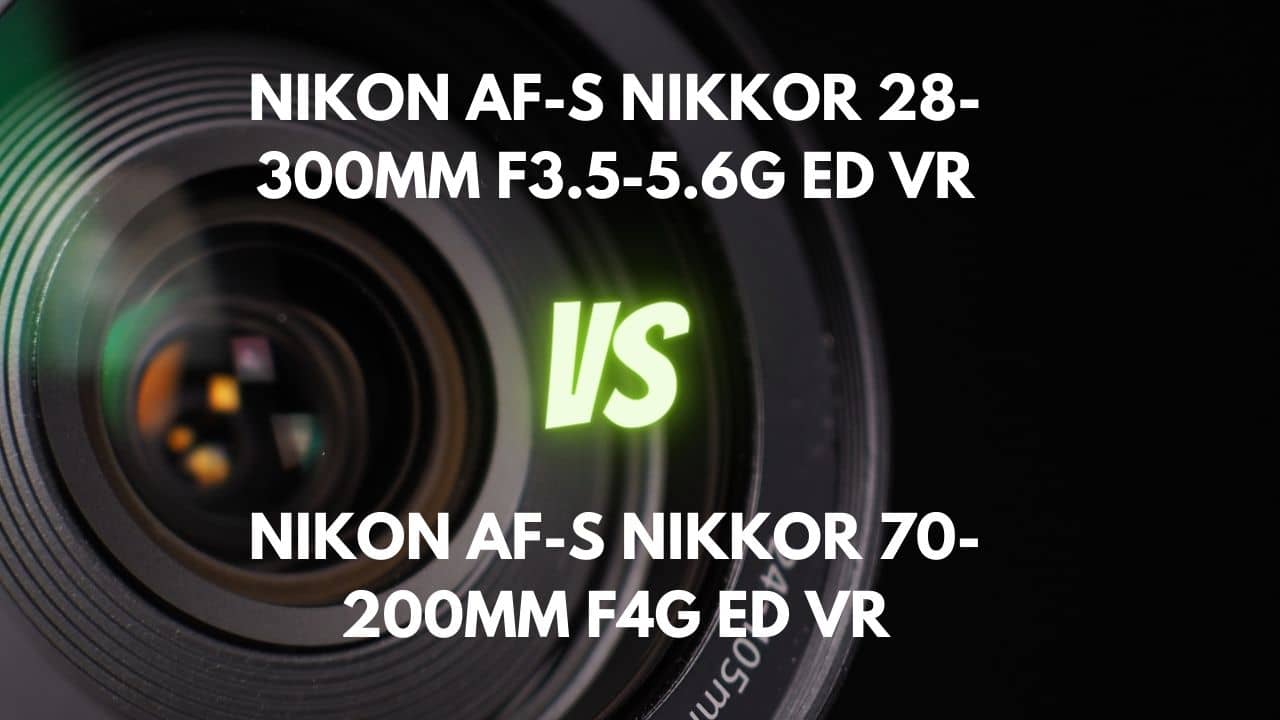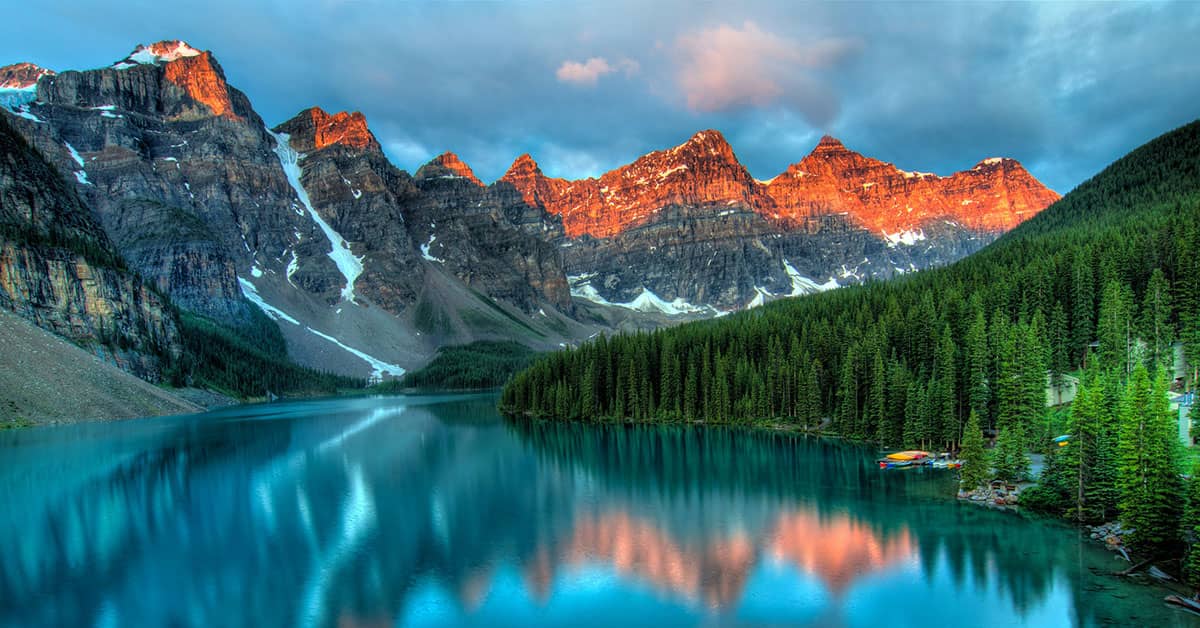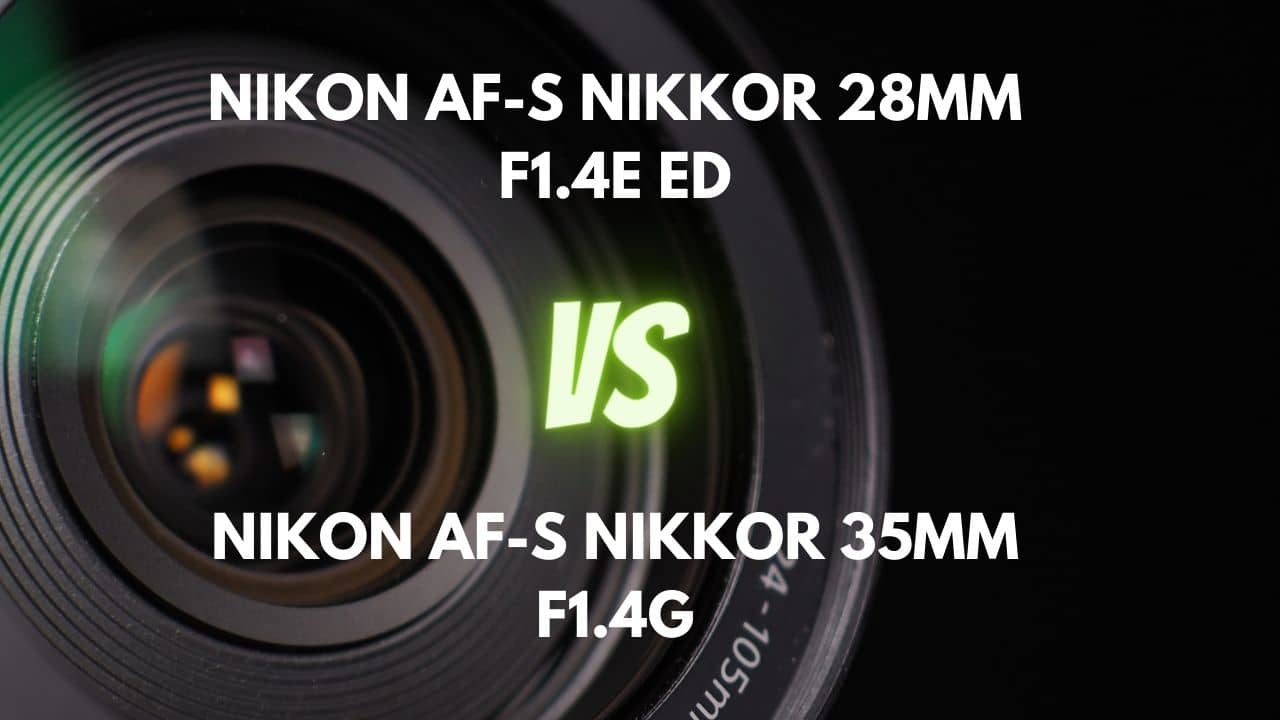The Nikon D3500 is one of the most popular cameras on the market. It’s a sturdy, well-designed DSLR camera with interchangeable lenses.
This camera is ideal for just about any type of photography, and portraiture is no exception.
The multiple automatic modes of this cam8era make it great for beginners, including a “portrait” mode. This allows for stunning portrait photography without a wealth of experience and expertise to draw on.
For the more seasoned photographers who want complete artistic control over their shots, the manual mode of the camera allows for plenty of flexibility.
In manual mode, the photographer can set the ISO sensitivity, shutter speed, and control the aperture to allow for their own creative influence over their shots.
Despite all of this, if you’re serious about portrait photography, then you’re going to want the right lens for the job. So what is the right lens? This article is here to answer that.
We’re going to take a look at f4 of the best lenses, specifically for portraiture, that are compatible with your D3500.
When it comes to shooting portraits, there are a few things that you want to consider. Can I handle shooting in less-than-ideal lighting? Is my subject going to be sharp across the entire frame of the shot? Does the bokeh properly isolate my subject from the background?
Well, all of this has been taken into consideration when making the selection of the four lenses we’re here to discuss. Now, let’s get into it.
What Are the Best Portrait Lenses for Nikon D3500?
Yongnuo YN50mm f/1.8N
This D3500 lens is a budget option for new portrait photographers. It is a fast lens and produces decent quality image with nice swirly bokeh.
Pros
Cons
The first lens we’re going to look at is the Yongnuo YN50mm f/1.8N. It’s a prime lens with a 50mm fixed focal length (equivalent to 75mm APS-C), which makes it ideal for portraiture.
While not ideal for group portraiture (since it may be difficult to get all subjects in the shot), it’s perfect for individual portraits since it won’t distort facial features.
This lens also has a minimum focusing distance of about 1.5 feet, which allows for working extremely close to your subject if needed.
Most portraiture will highlight the subject through the use of bokeh. Despite this particular lens only having a 7-bladed diaphragm, it still provides adequately smooth out-of-focus effects.
The f/1.8 maximum aperture is quick, and can definitely lend itself to shooting in scenes where the lighting might not be ideal. Image quality is fair, even when the aperture is wide open, but things will definitely sharpen up at smaller apertures.
This lens does have autofocusing capabilities, and a quick switch for changing between auto and manual modes. When shooting portraits, it’s important to be able to rely on accurate autofocusing that’s quick and accurate. In this arena, this lens is reported to struggle a bit, and the autofocus may hunt, especially in lower lighting.
When it’s all said and done, this lens is definitely more than capable of producing high-quality portraits. Despite some of the drawbacks, this lens is super lightweight, and beyond economical with an MSRP of right around $100.00.
While it may not be an ideal lens for seasoned portrait photographers, it’s definitely a good way for a beginner to get in the game without breaking the bank.
Nikon AF-S Nikkor 50mm f/1.8G
This D3500 lens is a must-have for Nikon shooters. It has excellent image quality and very fast autofocusing which is great for not only portraiture but also many other genres of photography.
Pros
Cons
Next, we’re going to take a look at the Nikkor 50mm f/1.8G. For the same reason as our last lens, the 50mm fixed focal length (75mm equivalent for APS-C), is perfect for portraiture, especially when only shooting one subject.
This lens also has a minimum focusing distance of around 1.5 feet, again allowing for some pretty close-up work.
This lens does provide attractive bokeh, especially at the wider aperture settings, even with having only 7 rounded blades.
The f/1.8 maximum aperture does allow for shooting in lower light settings, and with a range of f/1.8 to f/16, there’s plenty of creative control to be had in the aperture settings.
Thanks to Nikon’s lens technology, aberrations, ghosting, and flaring are kept at a minimum. Even with a wide-open aperture, images are sharp and defined.
This lens does come equipped with Nikon’s Manual/Auto automatic focusing mode, and a quick switch to get you there. With the manual/auto mode, automatic focusing can be quickly overridden by a turn of the focusing ring. This is an incredibly handy feature, which can allow you to quickly take control of focusing if autofocusing isn’t working out.
That being said, Nikon’s lenses are well known for fast and accurate autofocusing, which can make all the difference when shooting portraits. You definitely want the capability of getting your shot in focus fast, especially if your subject is holding a difficult pose.
This lens is another compact, lightweight design, which makes it great for traveling from location to location. It does come at a bit of a higher price point than our last lens at around $200.00. That being said, the portraits this lens produces are phenomenal, and you’ll find that it may be worth the extra investment if you’re getting serious about portraiture.
Meike 85mm f/1.8 STM
This Meike lens provides a longer working distance, soft bokeh, and good sharpness for portrait shooting.
Pros
Cons
Our next lens is going to be the Meike 85mm f/1.8 STM. At a fixed focal length of 85mm (127.5mm APS-C equivalent), this lens is a telephoto prime lens that is great for portraiture, especially when the situation demands a slightly longer than the normal focal length.
With the longer focal length, the minimum focusing distance is increased to just under 3 feet, but of course, doesn’t require you to be as close to your subject for those close-up shots.
This lens has a wide maximum aperture at f/1.8, making it flexible enough to shoot in low lighting.
The f/1.8 to f/22 range also provides a lot of control over your shots. When it comes to that background blur, the 9-bladed diaphragm definitely provides bokeh that is smooth, defined, and natural.
With the lens coatings used to build this lens, images are sharp and resolution is high across the aperture range, and ghosting and flaring in bright conditions is minimal.
This lens also sports a quick switch to get in between auto and manual focusing modes.
Autofocusing is reported to be relatively quick and accurate, although it may struggle a little bit in the smaller aperture ranges. The manual focusing ring is large and ergonomic, making it easy and quick to focus in manual mode.
Overall, this lens provides some incredibly high-quality portraits. With a price point similar to our last lens, around $200.00, it’s worth the investment.
Keeping in mind, this is a short telephoto lens, so it does provide a bit more range than the previous two lenses, and is excellent for situations when you need to have more reach. It would make a great companion to any of the more standard focal length lenses.
Nikon AF-S Nikkor 50mm f/1.4G
This D3500 lens has the biggest aperture lending itself to the most beautiful bokeh and best low-light performance.
Pros
Cons
For our last lens, we’re going to visit another Nikon, the Nikkor 50mm f/1.4G. Just like the other Nikon lens we visited earlier, this one has a fixed focal length of 50mm (75mm APS-C equivalent), which is ideal for portraiture.
Like the other 50mm lenses we looked at, this lens offers a very pleasant angle of view for portraiture and won’t distort facial features or details.
This is another lens that also allows for very close shots with a minimum focusing distance of just 1.5 feet.
What sets this lens apart from the previous Nikon lens, is the even wider maximum aperture of f/1.4, which will allow for even more flexibility in low-lighting shots.
Additionally, this lens has a 9-bladed aperture, which will provide even greater isolation of your subject through lovely background blur. Utilizing Nikon’s same lens technology, portraits are going to be incredibly sharp, with minimum flaws.
It’s also built with the same autofocusing technology as the previous Nikon lens, meaning it’s going to be quick and highly accurate.
Just like before, this lens comes equipped with a quick switch for switching modes, and the autofocus mode is built with quick manual override by a slight turn of the focusing ring.
With quick autofocusing, and fast overriding if it’s needed, the speed of your shooting is increased. This is ideal for you as the photographer, and for your subject.
Overall, this is another one of Nikon’s greats. Of the four lenses, this is the one with the highest price point at around $400.00. That being said, the extra step on the aperture does provide greater low-lighting shots, and the 9-bladed diaphragm will produce even better bokeh. If you’re going to be shooting portraits regularly, it’s worth the investment for the flexibility and reliability of high-quality images.
Final Words
In summation, any of the 4 lenses that have been discussed in this article will be more than suited for portrait photography depending on your budget and needs.
Hopefully, this article will help you make an informed decision when shopping for a lens to pair up with your D3500 camera.

